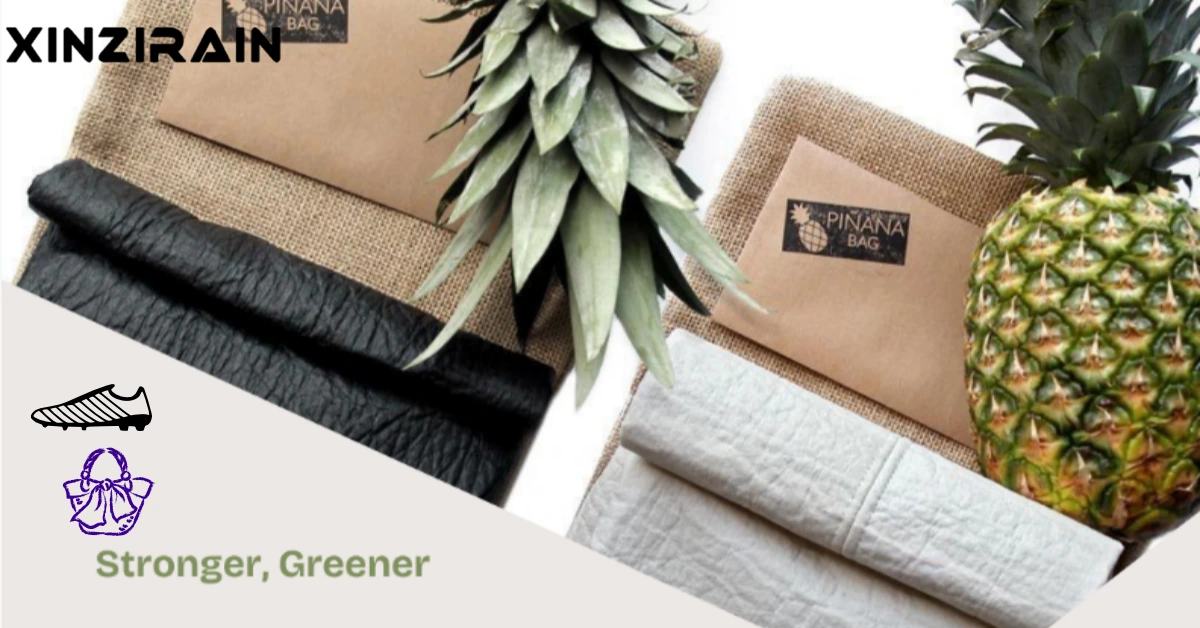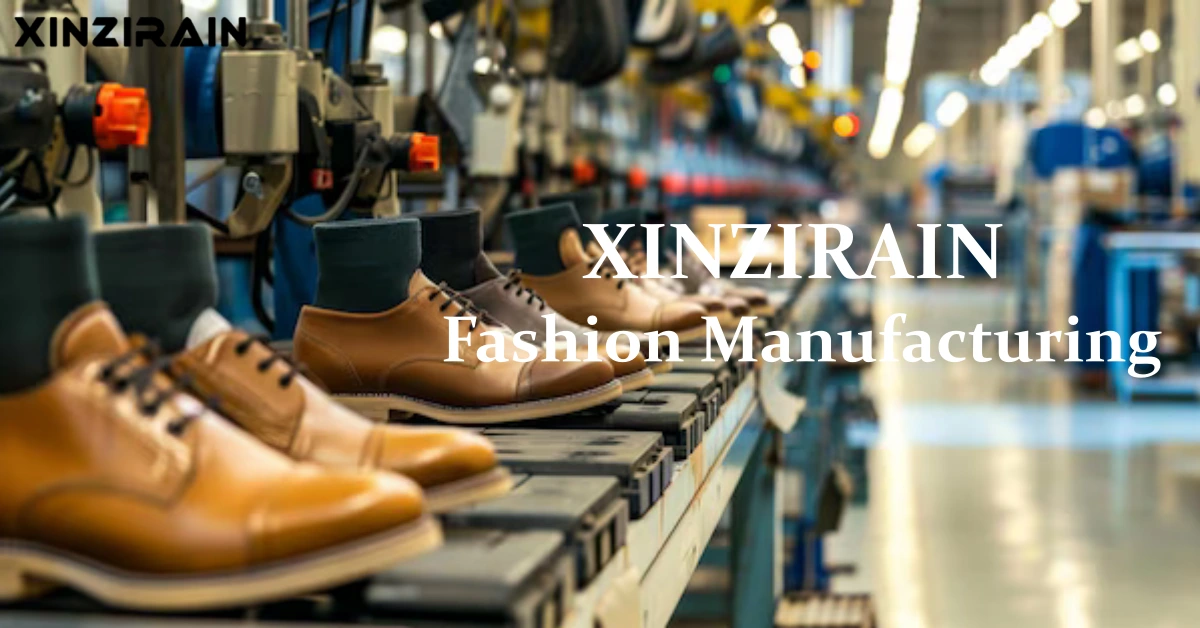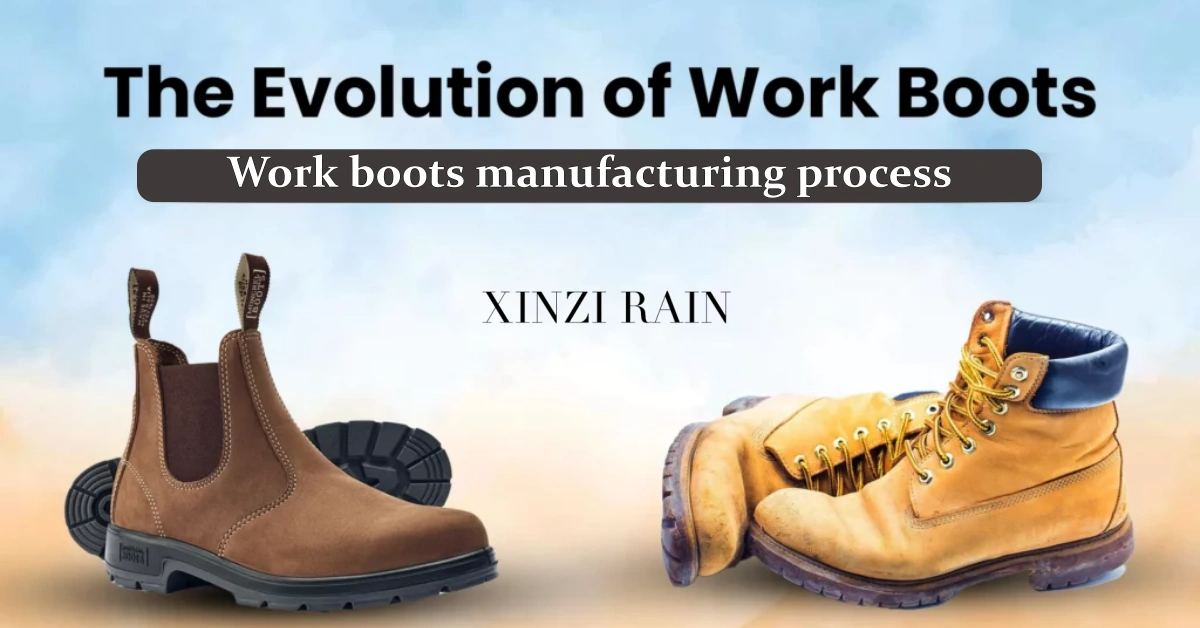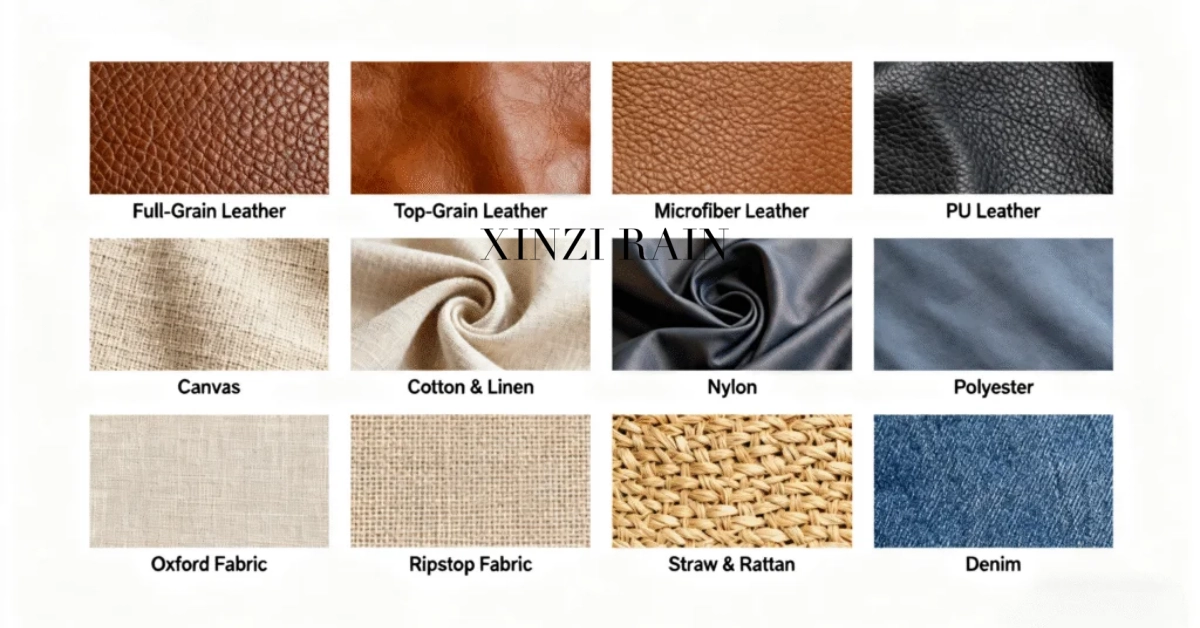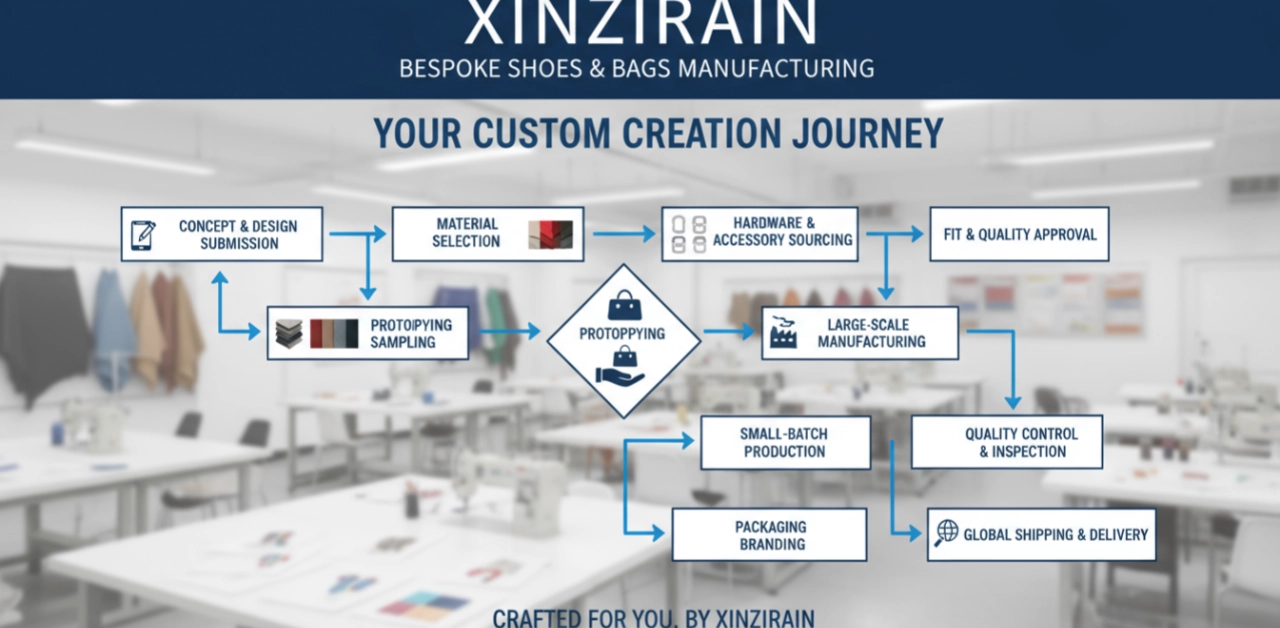In today’s rapidly evolving fashion landscape, sustainability has become not just an option but a necessity. From footwear to handbags, brands and manufacturers are rethinking how products are designed, produced, and distributed — aiming to reduce environmental impact while preserving aesthetics, quality, and performance.
The Rise of Conscious Manufacturing
According to McKinsey & Company’s “State of Fashion 2025” report, nearly 70% of global fashion executives list sustainability as one of their top five strategic priorities.
This growing awareness is transforming the footwear and bag manufacturing industries, driving the adoption of eco-friendly materials, cleaner production processes, and traceable supply chains.
Leading manufacturers are integrating renewable energy systems, waste-reduction technologies, and water-based adhesives, while optimizing each stage of production for greater efficiency.
These changes not only align with global environmental goals but also enhance cost efficiency and compliance with the sustainability standards demanded by international buyers.
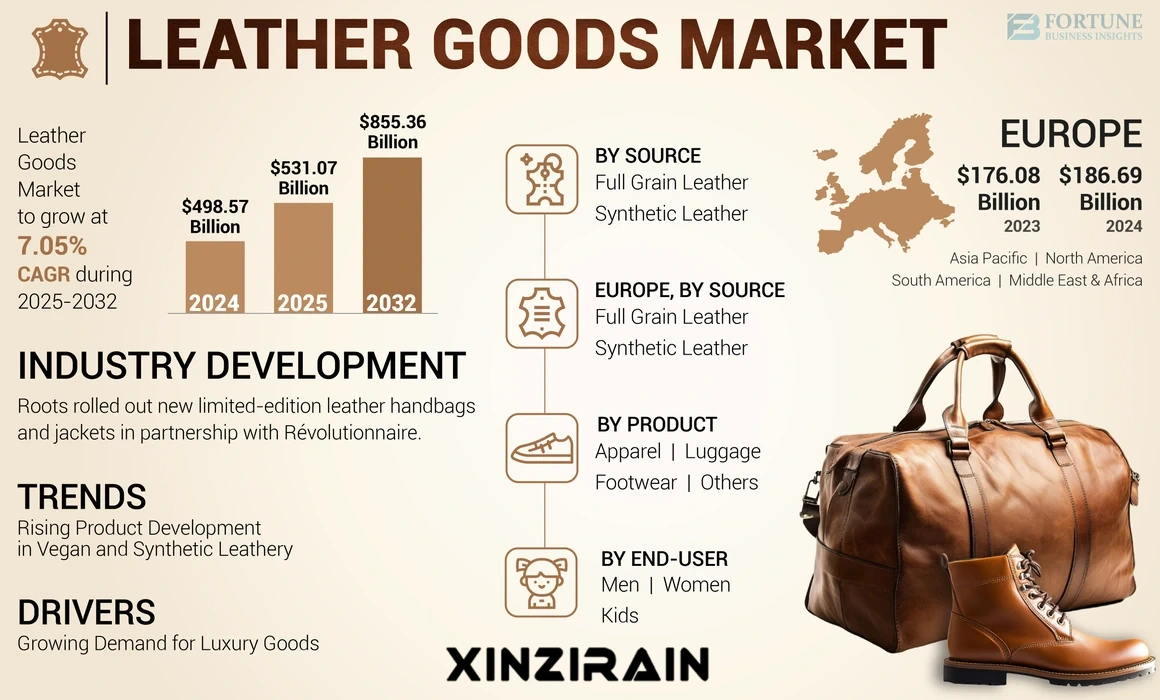
Materials Defining the Future
The journey toward sustainable manufacturing begins with materials.
According to Textile Exchange’s Preferred Fiber and Materials Market Report 2024, the use of recycled polyester and organic cotton grew by more than 30% year over year across the fashion industry.
In footwear and accessories manufacturing, key material trends include:
-
Recycled rubber and EVA for outsoles and midsoles
-
LWG-certified leathers and vegan leather alternatives derived from plant or bio-based sources
-
Organic cotton linings and recycled nylon fabrics for bags
These material innovations significantly reduce the consumption of virgin resources and lower carbon emissions throughout the supply chain.

Designing for Durability and Circularity
Durability has become the cornerstone of sustainable fashion.
A 2024 Vogue Business consumer survey found that 65% of Western consumers now prioritize product durability over trend-based purchases.
For footwear and bag manufacturers, this shift means focusing on:
-
Timeless design and modular construction
-
Repairable and recyclable components
-
Lifecycle assessment (LCA) to measure long-term environmental impact
The goal is not only to reduce waste but to extend product lifespans — shifting the industry mindset from fast fashion to lasting craftsmanship.
Technology and Traceability in the Supply Chain
Digitalization is redefining how sustainability is managed.
The integration of AI-driven supply chain monitoring, blockchain-based traceability, and digital product passports allows brands to achieve full transparency — from raw material sourcing to end-of-life recycling.
According to PwC’s Global Supply Chain Survey 2024, more than 50% of manufacturers plan to implement digital sustainability tracking systems by 2026.
This reflects the increasing global demand for ethical accountability and traceable production practices.
Market Outlook: Growth Driven by Responsibility
Despite challenges such as higher material costs and fragmented supplier networks, the sustainable footwear and accessories market continues to grow steadily.
Grand View Research (2024) projects that the global sustainable footwear market will reach USD 14.3 billion by 2030, expanding at a 6.5% CAGR, driven by material innovation and rising consumer demand for ethical fashion.
Likewise, the eco-friendly bags segment is expected to grow at a 7.2% CAGR through 2030, as brands increasingly align with ESG standards and retail partners demand greater sourcing transparency.
The Road Ahead: Collaboration and Innovation
True sustainability requires collaboration across the value chain — from suppliers and factories to brands and consumers.
Manufacturers like XINZIRAIN are leading this transformation by integrating sustainable materials, ethical production systems, and long-term design thinking into every project.
As sustainability becomes the new benchmark for quality, eco-conscious manufacturing is not only shaping the future of the footwear and bag industry — it is defining it.

